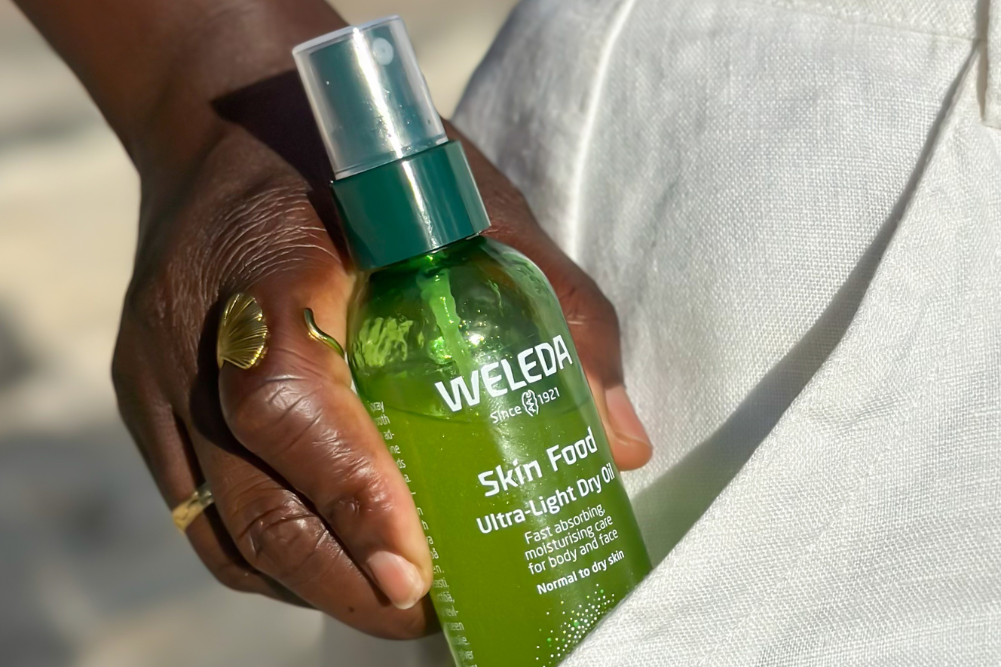Combating Recurrent Sinusitis: An Integrative Approach to Treatment
Sinusitis is a condition of inflammation of the nasal passages. Recurrent sinusitis is a common problem, but few people realise the implications unless it is severe. A 45-year-old man came into the clinic sniffing loudly. He had been having trouble with recurrent sinus problems for as long as he could remember. Despite multiple visits to a variety of doctors, including surgeons to enlarge his nasal passages, he was still experiencing problems breathing.
For years he had been suffering regular bouts of sinusitis, frontal headaches, facial pain in the sinus area and teeth and a persistent cough
— as though the mucus was running down the back of his throat, known as postnasal drip. These symptoms had greatly impacted on his sleep over the years — he would wake up with his nose blocked and not being able to breathe — which further impacted on his overall health and immunity. These symptoms were not necessarily seasonal. Inhalant allergies are a common cause of sinus problems, but they are more common in spring due to pollens, and autumn from grasses, but this man was experiencing sinus symptoms most of the year with no particular pattern, and only relieved by regular medication.
Treatment
Over the years he had been prescribed multiple courses of antibiotics to deal with the repeated infections, but they kept recurring. He was almost constantly taking antihistamines and had used a variety of pharmaceutical nasal sprays regularly for many years. He had noticed that if he didn’t use the sprays at night he couldn’t breathe through his nose, and therefore couldn’t sleep.
We discussed the addictive nature of these sprays. They can be extremely difficult to stop as they create a rebound effect, increasing the mucosal discharge between doses. I proposed alternatives such as nasal irrigation techniques using saline to clear the sinuses, including the use of a neti pot. This is an ancient technique and can be very effective if done regularly.
Another tip was to only use the spray in one nostril at night for several weeks, the time it usually takes to improve. While doing this, one nostril will be blocked, but the one with the nasal spray being relatively clear, the person can breathe a little. Over time the unmedicated nostril gradually clears and the nasal spray can be stopped in both nostrils. Using a saline only spray available from pharmacies could be used as a backup if needed.
A common reason for a recurring sinus condition is a yeast overgrowth caused by candida, triggered by multiple doses of antibiotics. On questioning, the patient had constant issues with his digestive system, with significant bloating and wind along with colicky pain, and had a long history of constipation. He had major sugar cravings so was regularly eating sweet foods, lollies, chocolates, cakes etc and drinking several bottles of soft drink daily. These symptoms plus the history of antibiotics are common clinical manifestations of a candida overgrowth, commonly accompanied by low energy and sinus symptoms among others.
His diet was low in fruit and vegetables and high in meat and dairy — despite him saying he thought he reacted to dairy he drank milk in his coffees, drank flavoured milk and ate cheese most days, because he liked it. Dairy foods were therefore also a potential problem. As he was busy he also ate several meals a week at fast food outlets.
He drank very little water and often went to the pub after work with his mates having a few beers, saying this helped him to relax.
His energy was very low, partly because of the lack of sleep but compounded by the poor diet, candida overgrowth and lack of nutritious food. Antihistamines can also make a person tired.
On the positive side, he liked exercise so worked out at the gym three or four times a week. He also liked the social aspects of belonging to a gym.
Starting with the basics, I asked him to remove all sugars and dairy foods from his diet, except for three or four pieces of fresh fruit per day. After discussing dairy alternatives, I recommended coconut kefir to provide probiotics. As an alternative to soft drinks and milk, I suggested drinking up to two litres per day of bottled or filtered water. Adding the juice of a lemon or a little fruit juice used like cordial made this more palatable. I also encouraged him to increase his vegetable intake, particularly of green vegetables.
He was taking a zinc supplement, so we added quercetin, vitamin C and a B complex. Cod liver oil was considered important both for membrane repair, as an anti-inflammatory and to improve his very dry skin. We discussed quercetin as a possible alternative to antihistamines, which could also be taken as an acute remedy if he needed it.
There are also some excellent herbal remedies for sinus problems associated with a yeast overgrowth. Elderflowers are the classic anti-inflammatory sinus remedy and we combined this with fenugreek to thin the mucus, gymnema to reduce his cravings for sugar and pau d’arco as an antifungal and digestive to be taken initially three times a day.
While he had considerable difficulty managing this program initially, particularly the dietary changes, over time he gradually became used to it, his sinusitis was improving, and as he was also sleeping better his energy improved. Overall he gradually started feeling much better, which encouraged him to continue.
Article Featured in WellBeing 203








